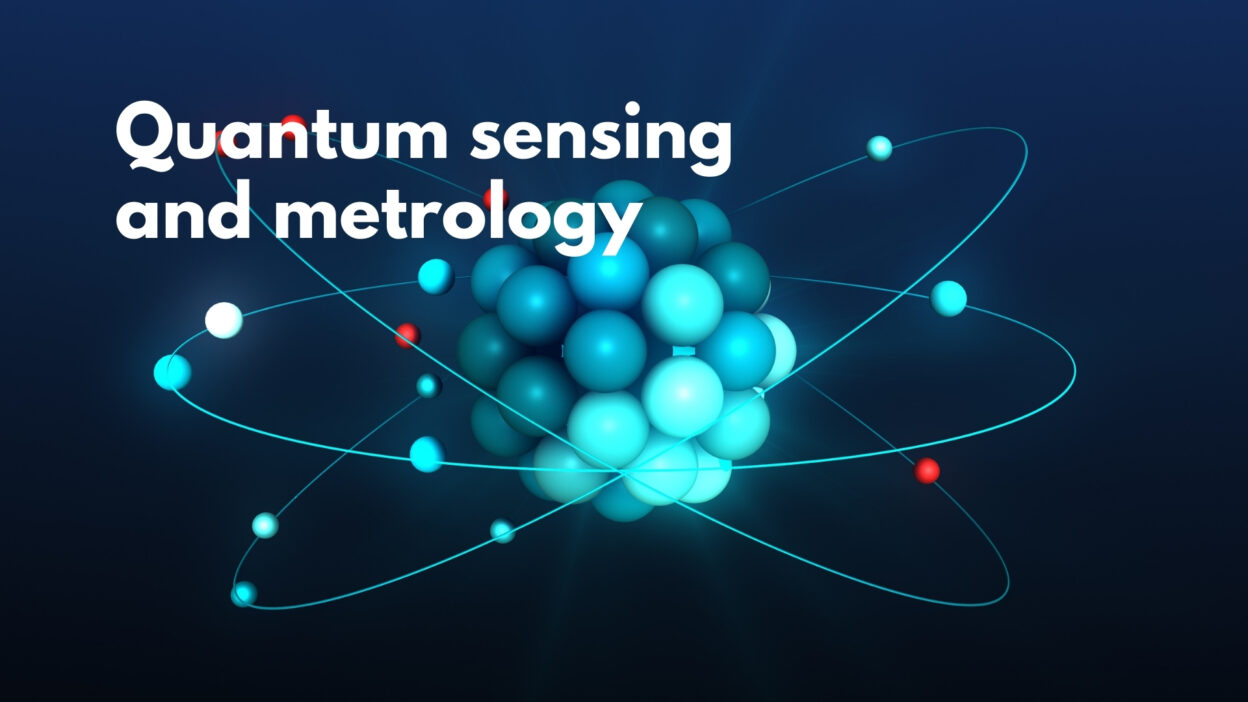This article discusses a breakthrough in ultraviolet (UV) optical technology using metasurfaces—flat, nanostructured surfaces that can manipulate light in ways similar to traditional, bulkier optical components. Researchers at NIST have developed high-performance UV optical elements, including lenses, holograms, and accelerating beam generators, that work efficiently even in the deep UV range (wavelengths as short as 217 nm). These components are made using hafnium oxide (HfO2), a material that is transparent and has high refractive properties at UV wavelengths, and are fabricated using advanced lithography techniques.
The new technology allows for smaller, more efficient optical components that can be designed for specific functions and wavelengths. This is a major improvement over traditional UV optical elements, which are often large, inefficient, and limited in functionality. The metasurface approach enables complex operations like spin-multiplexed holograms and spin-controlled beams, which are difficult to achieve with conventional methods. This innovation could lead to more compact and powerful systems for applications like imaging, spectroscopy, and quantum information processing. The technology is currently in the experimental stage, with demonstrated efficiencies up to 72%, and could be integrated into future nanophotonic systems in the coming years.
Keywords: metasurfaces, ultraviolet, hafnium oxide



